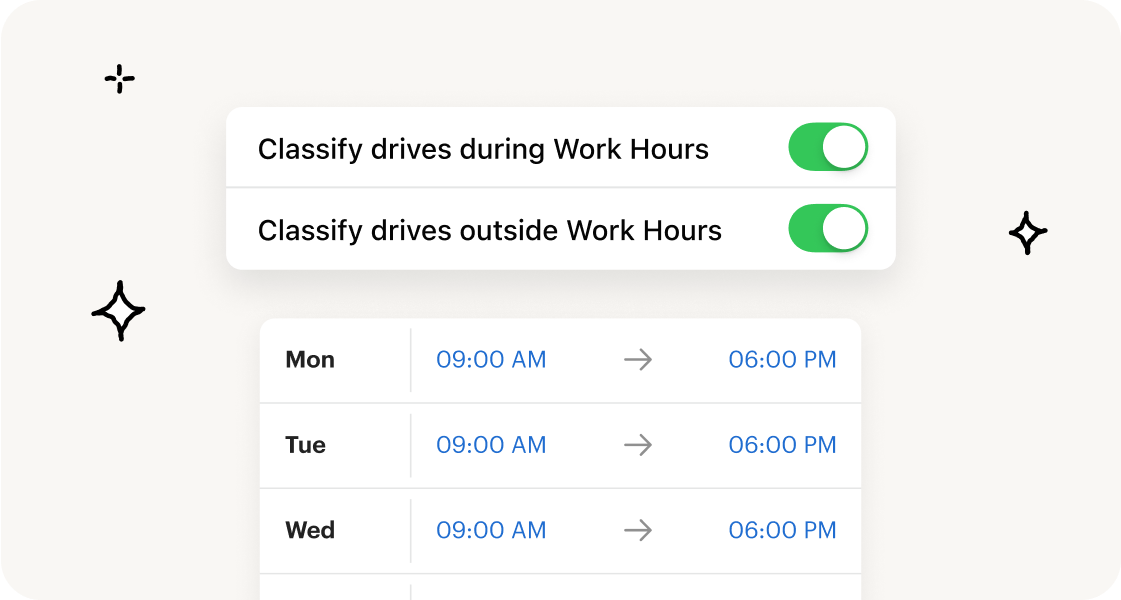Do swindlers often stroll into your store looking for a five-fingered discount? Read on for shoplifting tips that will help you keep your profits and keep out product pilferers.
How big a problem is shoplifting for small business owners?
Shoplifting, the literal "lifting" or theft of goods from a store, is one of the most common crimes in the U.S. Below are some statistics from the National Association of Shoplifting Prevention (NASP). These facts tell you how prevalent a problem retail store theft is.
- About 550,000 shoplifting incidents occur each day.
- Shoplifting results in the annual theft of $13 billion or the daily theft of $35 million in retail goods.
- As many as one in 11 Americans shoplift. Habitual thieves steal 1.6 times per week on average.
- Shoplifters only get caught once every 49 times they steal. And thieves caught red-handed only get turned over to the authorities half of the time. This is in part a result of the costs, time and legal hassles of bringing in and prosecuting criminal offenders.
- Honest purchases and theft often occur in the same visit. But the value of the theft of goods ranges from $2 to $200 per incident.
What are the effects of shoplifting?
Goods pilfered from stores is a crime with many victims. It hurts retail small businesses, their customers and the community at large. Its impacts on businesses include:
- Loss of inventory
- Lost revenue and profit
- Need for lawyers and high spending for shoplifter prosecution
- Need for spending on beefed-up security
- Loss of time in dealing with the fallout of shoplifting incidents
- Low employee morale if they get blamed for the shoplifting
Its impacts on customers include:
- Increased product prices as retailers hope to recoup losses from shoplifting
- Less product choice as a result of incomplete inventory
- Dealing with invasive security personnel
Its impacts on a locale include:
- Loss of jobs if a store closes from a lack of profit
- Loss of local and state sales tax revenue
- Added burden on local law enforcement
- Takes a toll on the families of shoplifters
Tips to help you combat shoplifting
The complex motivations of shoplifters make it tough to avoid shoplifting altogether. But there are tips you can enlist both to prevent and better a handle a theft in progress. Below are some shoplifting tips to help you deal with the problem head-on.
- Keep small, valuable goods within sight. These are the easiest products for a shoplifter to pilfer. Keep them near the cash register or behind the counter to make their theft more difficult.
- Install security cameras. As the business owner, you cannot keep your eye on all corners of the store at all times. But a security camera can. Be sure to review the footage on a regular basis to catch unusual activity.
- Hire security. An experienced security guard can ensure that attempted theft does not go unnoticed. Dedicated security staff is all the more vital if you manage many stores and cannot visit them all every day.
- Train employees. Can't afford security on the premises? Make store monitoring a priority for employees while they are on duty. But discourage the practice of hovering around customers. Most customers who walk into your store will not be criminals. Thus, avoid treating them as though they were.
- Develop and display a shoplifting policy. Create a formal policy about the consequences of theft. Post it in a prominent location, such as the store window or inside a dressing room.
- Bond with your customers. Small businesses are in a unique position to get to know their customers on a personal level. Engaging with everyone in the store may suppress a shoplifter's temptation to steal.

















